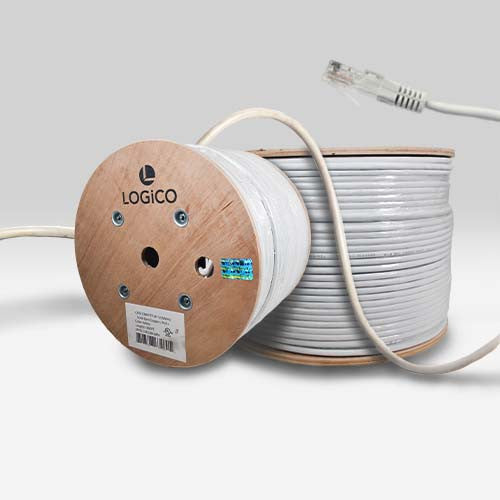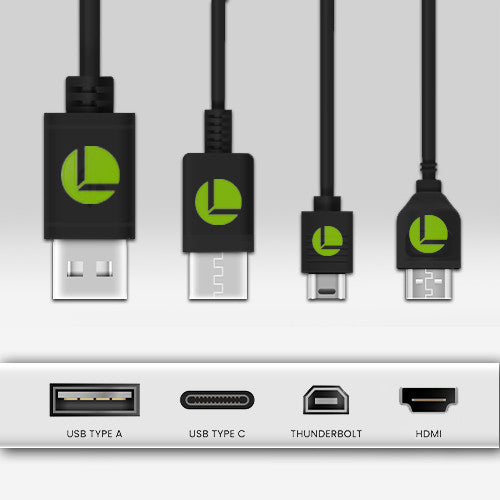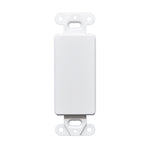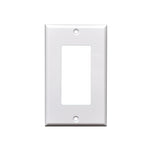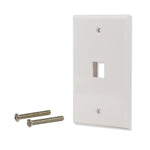You have no items in your shopping cart.
Why CCA Is Winning Over Homes and Small Offices?
For decades, copper cables have held the crown in the wiring world. Whether in homes, offices, or small commercial setups, copper has been the go-to material: dependable, conductive, and, according to many in the industry, unmatched.
But now, Copper-Clad Aluminum (CCA) is starting to carve out its space, especially in short Ethernet runs under 164 feet (50 meters) or in low-voltage applications where copper’s added muscle isn’t always necessary.
The appeal is hard to ignore. CCA cables deliver the performance most households and small offices need—but at a much lower cost.
What Exactly Is CCA?
At first glance, a CCA cable looks like any other. Inside, though, it tells a different story. Instead of being made entirely of copper, it’s built around an aluminum core coated with a layer of copper. The design keeps conductivity strong while dramatically cutting material costs.
The economics are simple:
- Copper is expensive, and its price swings with global demand.
- Aluminum, on the other hand, is cheaper and more stable.
- This stability makes CCA an attractive, budget-friendly alternative for projects that don’t need copper’s full capacity.

Counting the Savings
Talk to any installer who’s compared the two, and the math is clear:
- 30–50% less expensive than copper per foot.
- Ideal for Ethernet under 164 feet, which covers nearly every home and small office setup.
- Predictable pricing, since aluminum avoids the roller-coaster swings of copper.
For a homeowner wiring a few rooms or a small business running cables to desks and printers, that difference can quickly add up to hundreds of dollars saved—without sacrificing day-to-day reliability.
Why the Pushback?
If CCA works so well in the right scenarios, why do so many companies discourage it?
The reasons are less about performance and more about profit:
- Copper simply costs more, meaning bigger returns for sellers.
- Many companies play on consumer psychology, suggesting that a lower price means lower quality.
- Critics point to scenarios where CCA isn’t ideal, like very long Ethernet runs or high-powered PoE devices. These situations rarely apply to homes or small offices.
The result is a one-sided conversation, where copper is championed as the only “safe” option, and CCA is unfairly cast aside.

Where CCA Excels
For most everyday applications, CCA gets the job done:
Cat5e or Cat6 CCA cables handle the bandwidth needs of typical households with ease.
Ethernet runs to computers, phones, and printers rarely exceed 164 feet.
Security, alarms and low-voltage systems work reliably, even at longer distances.
Perfect when keeping costs in check matters as much as performance.
That doesn’t mean copper is going anywhere. For runs beyond 164 feet, high-wattage PoE devices, or enterprise-level networks, copper’s superior conductivity and heat resistance make it the smarter option.
However, in many everyday environments, copper is simply more than you need—and more than you should have to pay for.

The Bottom Line
Companies that downplay the value of CCA often do so because copper is more profitable—not because copper is always necessary. For short Ethernet runs and most low-voltage projects, CCA is a smart, cost-saving choice that proves you can cut cable costs without cutting corners.
In what type of installations is it ideal to use CCA cables?
CCA cables are ideal in cost-sensitive, low-voltage electronic installation and short Ethernet cable runs under 164 feet (50 meters).


